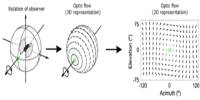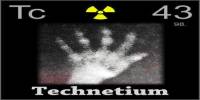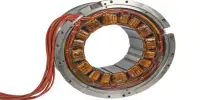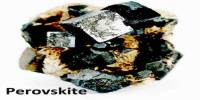According to a group of European physicists, the universe could be populated with “boson stars,” which are hypothetical, transparent objects comprised of boson particles. According to research lead and astrophysicist Hector Olivares of Radboud University in the Netherlands and Goethe University in Germany, “boson stars are predicted by general relativity and are able to grow to millions of solar masses and reach a very high compactness,” as well as the fact that “boson stars are able to grow to millions of solar masses and reach a very high compactness.”
Olivares and his colleagues wanted to see if boson stars will wind up looking like the shadow of M87*, the first black hole ever photographed. Apart from their resemblance to supermassive black holes, boson stars would be unlike any other celestial object discovered by scientists – assuming they exist at all. Bosons are a unique form of particle that do not follow the same laws as fermions, which are the familiar matter particles such as protons, neutrons, and electrons.
They can be superimposed, for example, generating a “matter wave” when two bosons occupy the same place. As ScienceAlert explains, these structures can eventually combine to form a larger structure known as a “scalar field,” which is a highly stable arrangement. These fields could compress together into a boson star if they had enough mass. Although some sorts of bosons have been found on Earth, the extremely small mass types of bosons required to generate these boson stars have yet to be discovered.
“Spin-0 bosons with similar or smaller masses have been proposed as dark matter candidates under various names in multiple cosmological models and string theories,” Olivares told ScienceAlert. “Such hypothetical particles would be incredibly difficult to detect,” he noted, “but the observation of a boson star-like object would point to their existence.”
Surprisingly, save for a possibly spinning ring of plasma surrounding some of them, such boson stars would be mostly transparent. M87* could not have been a boson star, according to Olivares and his team, because the projected shadow would be considerably too small. The team hopes to compare their findings to future observations by the Event Horizon Telescope, the array that captured the first image of M87*, in order to ascertain if the black hole is, in fact, a black hole.
















